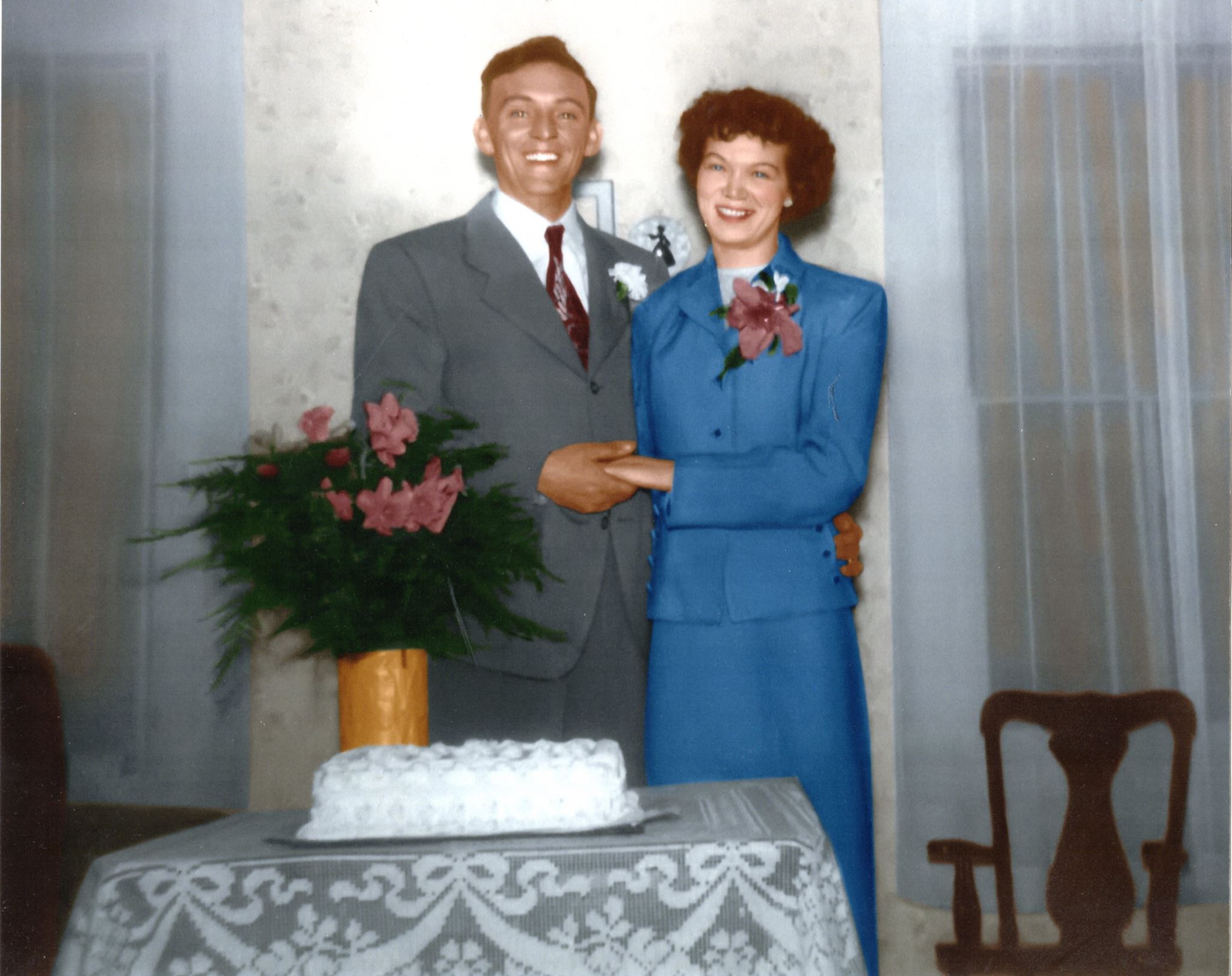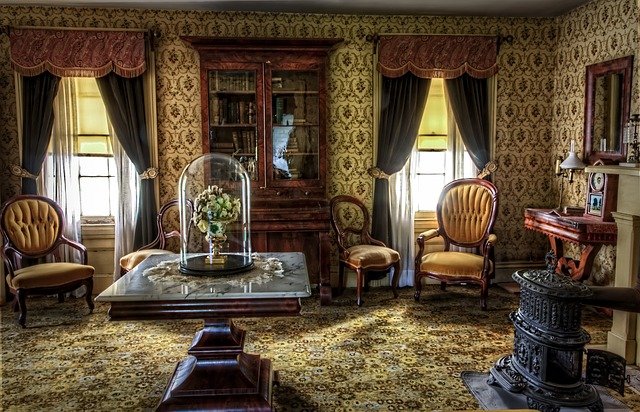This month's theme for 52 Ancestors in 52 Weeks is "Foundations" and so is this week's prompt. I'd like to talk about shaken foundations, when you find out the answer to a question isn't at all what you expected. Thanks to the wonders of DNA and genetic genealogy, my sense of self - of what I ...
Genealogy
WikiTree: A Collaborative Family Tree
In the summer of 2017, I joined WikiTree to see if there might be any useful information about my ancestors there. I also uploaded a limited GEDCOM to the site, to see if I could contribute anything of value. I experienced some ups and downs, so here are my thoughts and experiences. You could also ...
The Wallace family of Halifax, Nova Scotia
In confirming my great-great grandmother's paternity, I found myself digging deeper into her father's family. It's time to meet the Wallace family of Halifax, Nova Scotia. Emma's father was Francis Wallace. It seems more and more likely that he didn't marry Emma's mother, Eliza (Elizabeth) ...
Enslaved People in my Family History
Some of my ancestors fall under the definition of enslavers. Not all of them and not only the southern ones, either. Many people think slavery was endemic only to the southern United States, as far as U.S. history, but that's not correct. There were enslaved people in the northern states, and I ...
Mid-Year Goal Revisit
I generally prefer structure, and set goals and expectations. Of course, last year messed that up for many of us, so it feels good to return to structure. The 3 adults in our household are fully vaccinated, as are the majority of our friends. For us, there was never any question about our ...
Southern Italian Ancestors
Once upon a time, my father joked, "Why do you talk with your hands so much? What are you - Italian?" Being about 16 and not know any better, I shot back, "Maybe I am!" Two years later, when I delved into genealogy in earnest, I learned the truth. Or half of it. My mother's mother's family is ...





